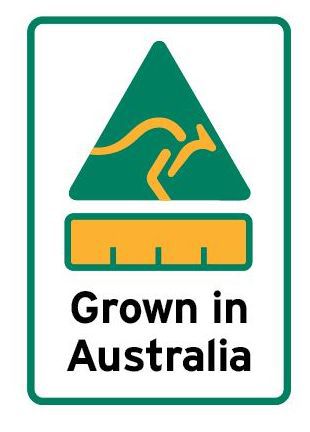CoOL scheme falls short, say industry and consumer groups

Australia’s new country of origin food labelling laws have been announced by Prime Minister Tony Abbott.
In a joint statement with Minister for Industry and Science Ian Macfarlane and Minister for Agriculture Barnaby Joyce, Mr Abbott said that foods processed locally will have a new label that includes the well-known green and gold kangaroo and triangle icon, which he said was the overwhelming preference of more than 17,800 respondents to the government’s food labelling community survey.
The labels will also incorporate a bar chart showing what proportion of the ingredients are from Australia, for example: “Made in Australia from 100% Australian ingredients”, “Packed in Australia, Made in Canada” and “Made in Australia from Australian carrots and French peas”.

The reforms will also clarify the definition of ‘made in’ Australia. Under the new scheme, if a product is imported into Australia and then repacked, the label will identify where the item came from.

An initial voluntary take-up of the country of origin food labels will mean shoppers should see changes on the shelves later this year, with the mandatory rollout commencing in 2016.
Industry and consumer groups welcomed the changes, but expressed reservations about the new system.
AUSVEG, the horticultural body representing Australia’s 9000 vegetable and potato growers, said the government’s scheme falls well short of a genuine country of origin labelling system.
“The proposed introduction of a diagram indicating the level of Australian and imported ingredients on products manufactured here will mean the only originating country outlined will be Australia,” said AUSVEG Deputy CEO Andrew White.
“By not disclosing the countries of origin of key ingredients in products the federal government runs the risk of letting down the people of Australia, who want to know where the food they are eating has come from.”
Consumer advocacy group CHOICE agreed.
“We welcome the government’s commitment to giving shoppers better information about the Australian-ness of their food and informing this with consumer testing,” said CHOICE spokesperson Tom Godfrey.
“Unfortunately, the new system looks less useful for consumers wanting information about any of the 195 countries that are not Australia. For example, claims such as ‘Made in Australia from more than 50% Australian ingredients’ will have you asking if your frozen berries come from China, Canada or Chile.”
He expressed concern that the new system leaves it up to manufacturers to voluntarily declare the origin of a product’s main ingredient and urged food manufacturers to be more transparent about the origin of their ingredients.
Expanding beyond biscuits: Arnott's acquires Prolife Foods
The Arnott's Group has expanded its 'better-for-you' snacking portfolio with the...
FDA investigates PFAS in seafood
The US Food and Drug Administration (FDA) expands its investigation on per- and polyfluoroalkyl...
Cell-cultured quail moving closer to Australians' plates
FSANZ is undertaking a second round of consultation on a proposed approach to allow cell-cultured...














